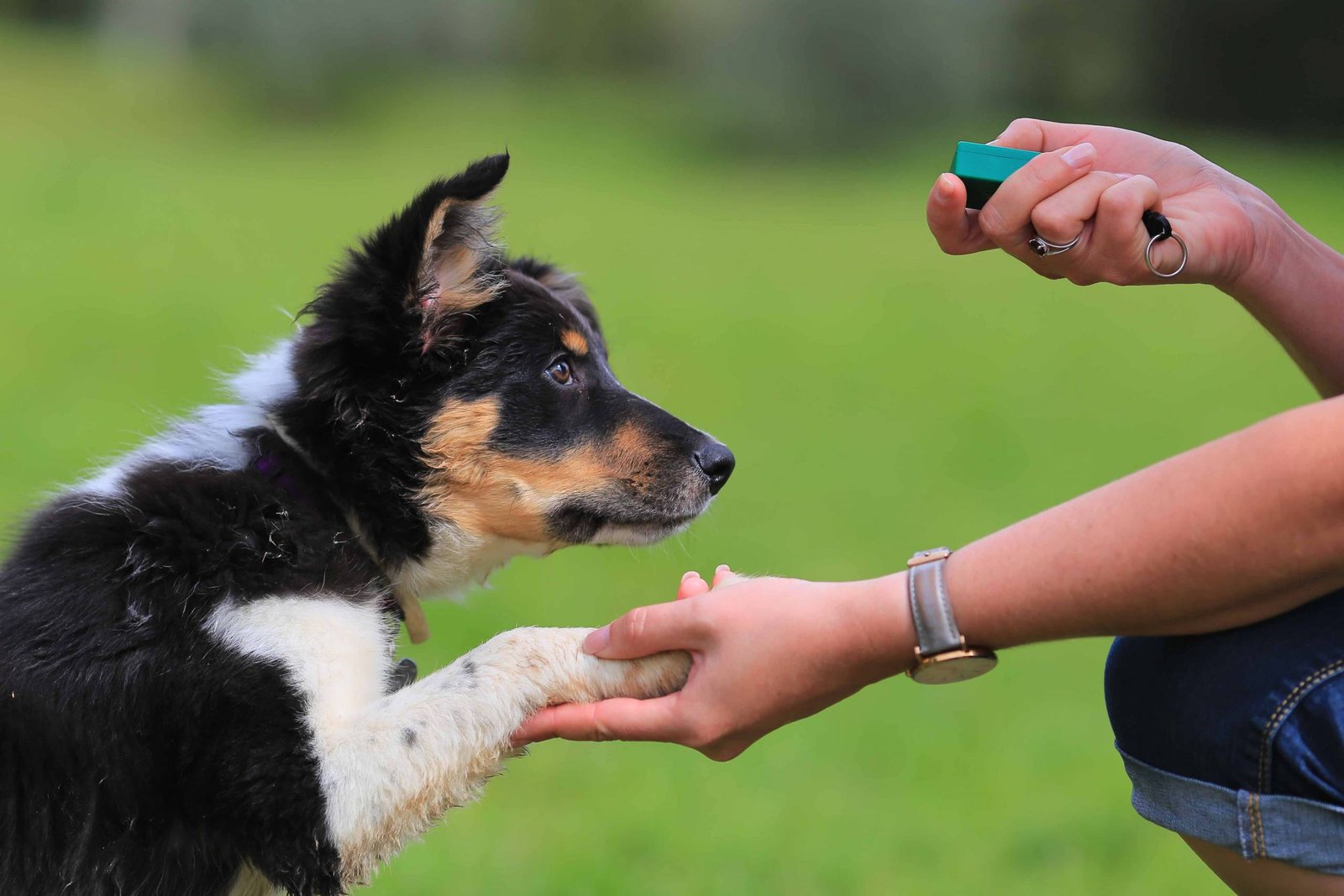Introduction
Rescuing a dog is a profound act of compassion—and also the beginning of a deeply rewarding journey. At Barkbliss, we believe every rescued pet deserves a chance to thrive in their new home. This guide offers a professional, structured approach to training your rescue dog: covering everything from trust-building and basic commands to socialization, behavioral intervention, and long-term wellbeing.
We’ll walk you through each stage, clarifying:
- How to interpret your rescue dog’s background
- Tools and supplies you’ll need
- Methods for fostering trust and establishing routines
- Techniques to teach obedience, reduce anxiety, and encourage positive behaviors
- Tips to support physical and emotional health
With clear steps, helpful visuals, and expert insights, you’re equipped to help your rescue dog settle in confidently—making your home a safe, loving, and blissful haven.
1. Understanding Your Rescue Dog
A. Decoding their history
Rescued dogs often come with unknown or traumatic pasts. Recognizing signs of fear, anxiety, or learned behaviors is crucial. Examples include:
Reactivity: barking or lunging at new stimuli
Withdrawal: avoidance of eye contact, hiding
Fear response: cowering, shoving away

B. The importance of professional assessment
Begin with a vet and behaviorist consultation. Their input guides training intensity and approach—especially for dogs with medical or behavioral concerns, like reactivity or distrust.
C. Establishing a training toolkit
Prepare:
| Item | Purpose |
|---|---|
| Crate or bed | Safe space for rest |
| Flat or martingale collar + leash | For control and comfort |
| High-value treats | For effective positive reinforcement |
| Interactive toys | To encourage engagement and mental stimulation |
| Clicker (optional) | For precise feedback in clicker training |
2. Phase 1: Building Trust & Routine
A. Safe space introduction
Designate a quiet zone equipped with a blanket, toys, and water. Encourage your dog to approach on their own terms; never force interaction. Allow 24–48 hours for quiet acclimatization.

B. Consistent daily routine
Implement a structured schedule:
- Morning: Wake, bathroom break, breakfast
- Daytime: Short training session, rest, toileting routine
- Evening: Dinner, another light training or enrichment activity, calm time
- Night: Quiet period, bedtime
Consistency lessens anxiety and promotes cooperation.
C. Gentle greeting methods
Approach calmly, use a soft voice, and crouch while avoiding direct eye contact. Encourage voluntary contact—offer a treat, stay low, allow the dog to come forward.
3. Phase 2: Basic Obedience Training (約800 words)
Once your dog is relaxed and responsive, begin training foundational commands: Sit, Down, Stay, Come, and Loose‑leash Walk.
A. The “Click & Treat” method
Fade out clicker and treats gradually as behavior stabilizes
Prepare with a treat pouch
Offer a treat exactly when the dog performs the desired action
Use a clicker or marker word (“Yes!”) for precise feedback
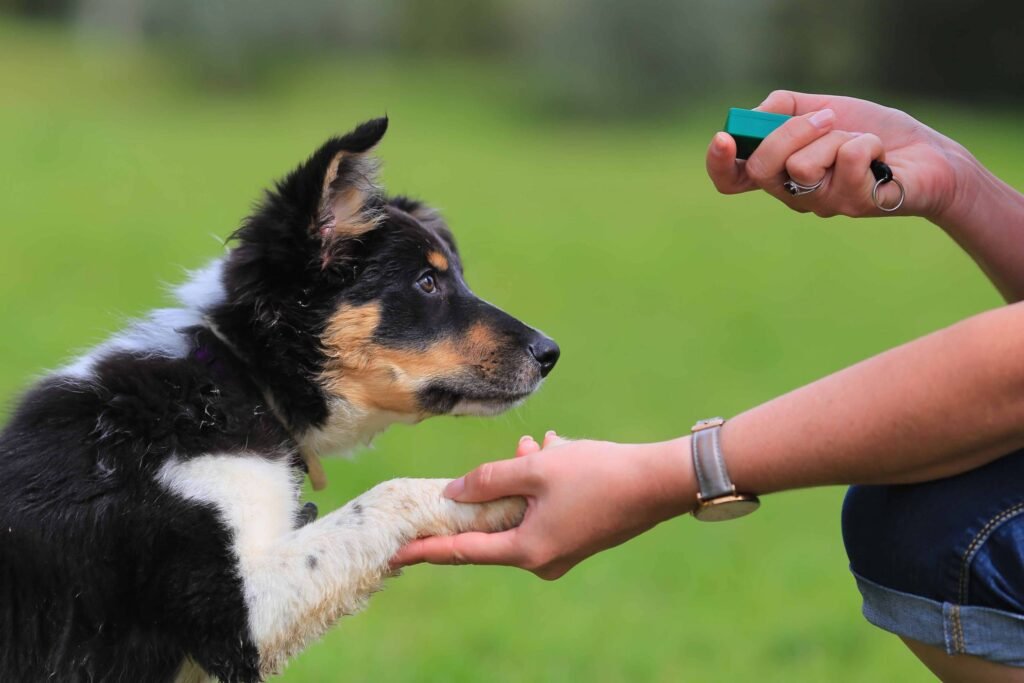
B. Teaching basic commands
- Sit: Hold a treat above their nose, move it back over the head
- Down: From sit, lower a treat to the floor to prompt lying down
- Stay: Have the dog sit, step back, mark and reward brief compliance
- Come: Use a long leash and enthusiastic tone
- Loose‑leash Walk: Stop when pulling occurs, reward when leash slackens
C. Troubleshooting common issues
- Lack of engagement: use higher-value treats or shorter, more frequent sessions
- Distractibility: train in a calm, low-distraction environment and build gradually
4. Phase 3: Addressing Behavioral Issues
Rescue dogs may exhibit behaviors like separation anxiety, leash reactivity, or resource guarding. Each requires compassionate, structured intervention.
A. Separation anxiety
- Desensitization: Start with brief departures, gradually lengthen as comfort grows
- Counterconditioning: Associate alone time with fun distractions, like puzzle toys hidden in safe spaces
B. Leash reactivity
- Keep distance from triggers
- Use high-value treats to reinforce calm behavior
- Gradually decrease distance as comfort and response improve
C. Resource guarding
- Teach “trade” by exchanging chew toys for delicious treats
- Gradually handle guarded items while reinforcing calm behavior through reward
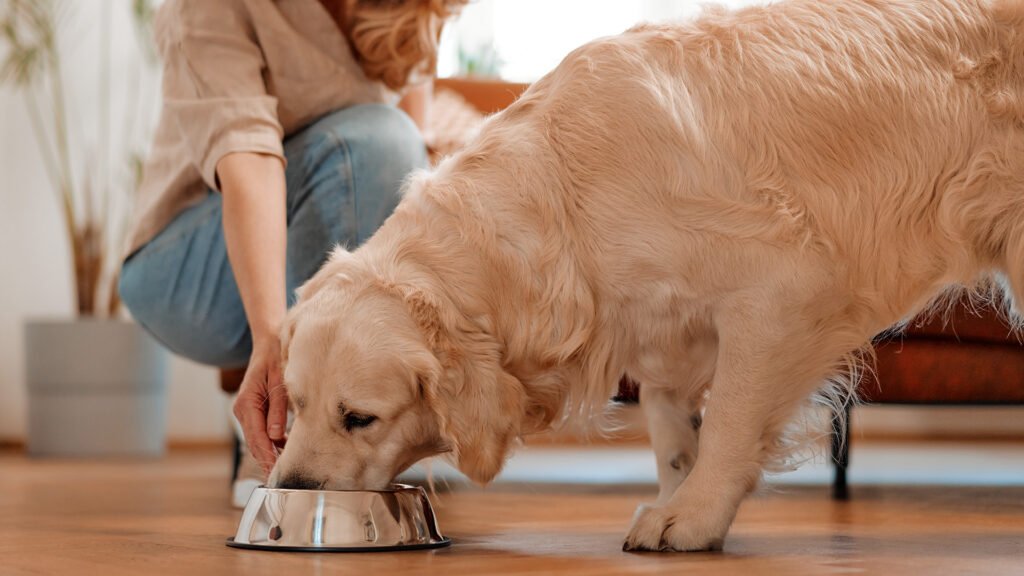
5. Phase 4: Socialization & Enrichment
A. Sound & environmental desensitization
Introduce everyday sounds (traffic, vacuuming) at low volume, paired with treats. Slowly increase exposure as tolerance builds.
B. Doggy socialization
- Coordinate calm, positive interactions with vaccinated dogs
- Observe signs of stress and schedule brief, structured introductions
C. Enrichment activities
- Food puzzle toys: Encourages mental effort (Kong, snuffle mats)
- Nose work games: Hide treats around the house or yard to stimulate sense of smell
- Interactive play: Tug-of-war and fetch
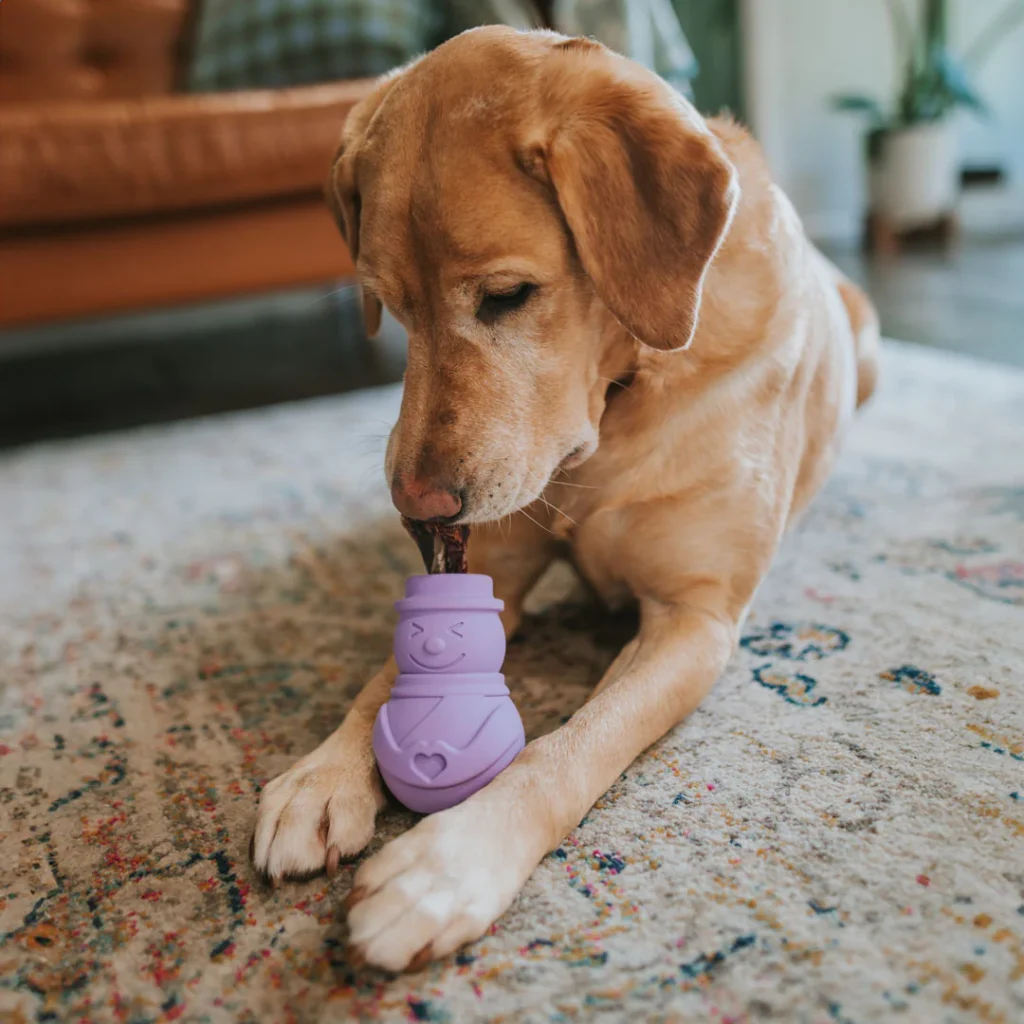
6. Phase 5: Health, Maintenance & Long‑Term Success
A. Veterinary Care
Keep your rescue dog’s vaccinations, spaying/neutering, and dental check-ups current. Routine health checks detect issues early.
B. Nutrition & weight management
Assess calorie intake and weight every 3–6 months. Adjust diet based on age, breed, and activity level.
C. Ongoing training & mental stimulation
- Refresh commands weekly
- Introduce new tricks and maintain leash and recall skills
- Periodically update enrichment toys
D. Exercise and activity planning
- Maintain regular walks, play, and stimulation
- Scale up intensity according to energy level and age
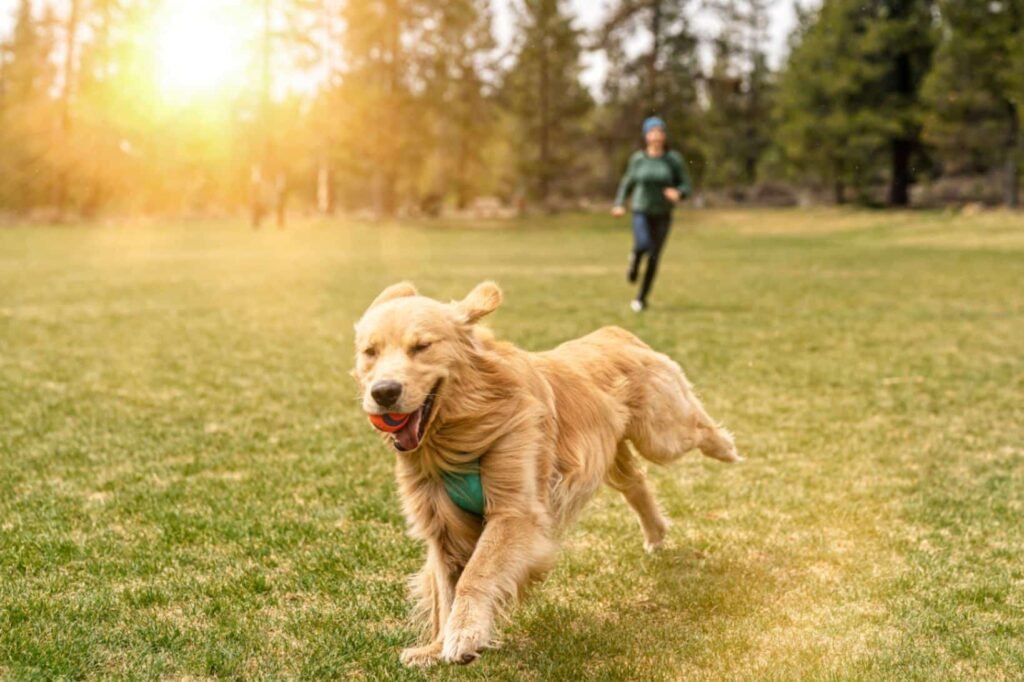
7. Community & Support Systems
Join the Barkbliss community:
- Online forums and local rescue support groups
- Follow-up classes with trainers or behavior professionals
- Social media platforms to share stories, tips, and victories
Community support = better success and confidence for both dog and handler.
Conclusion
Training a rescue dog is both a responsibility and a privilege. With Barkbliss’s structured, compassionate guide, you’re well-equipped to raise a confident, well-balanced, and cherished companion. Remember: patience, consistency, and love pave the path to success. Enjoy this transformative journey — because every rescued dog deserves their moment of bliss.

